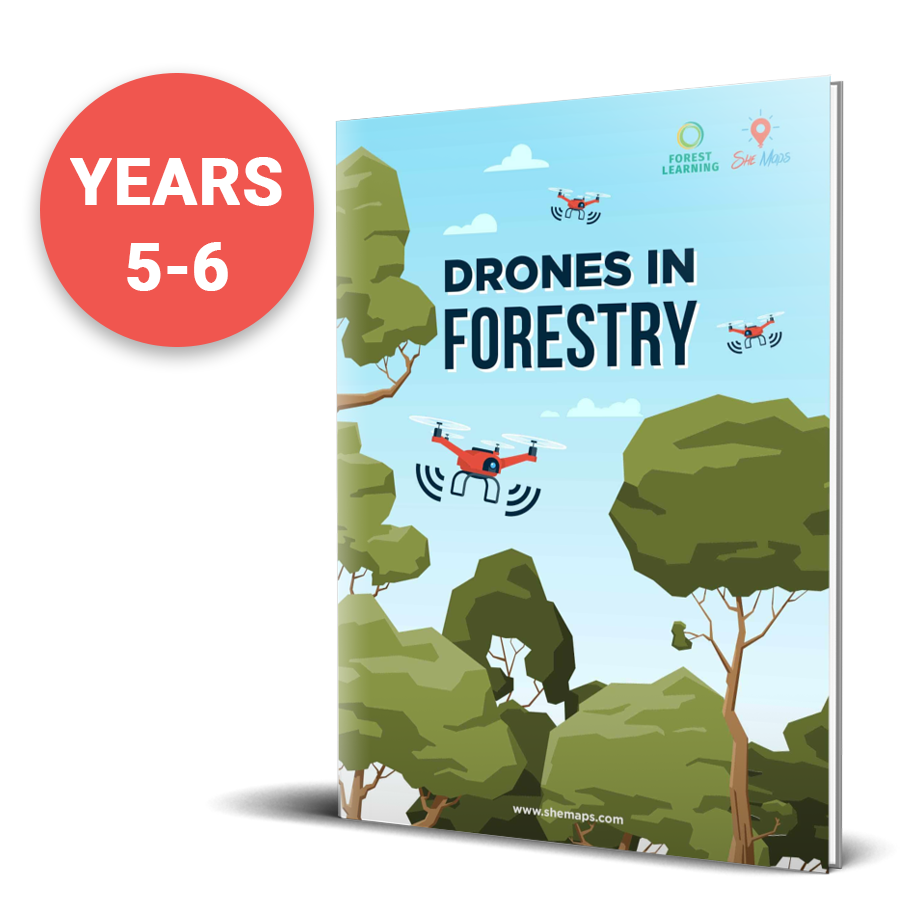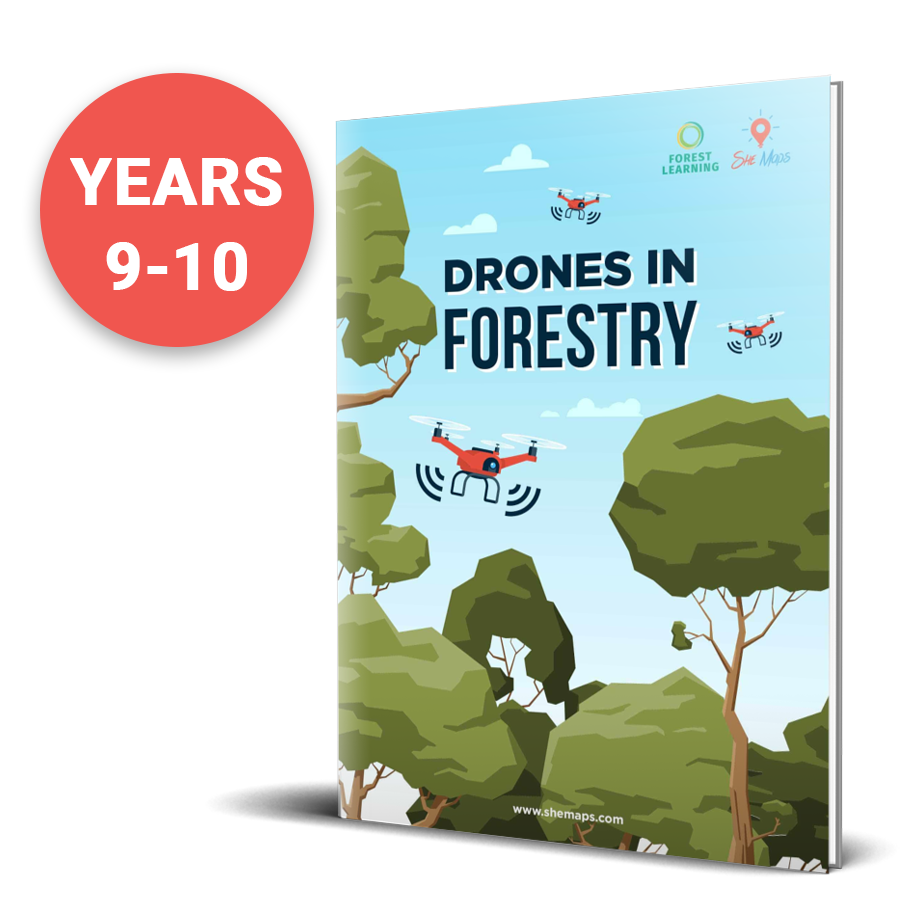Main Menu
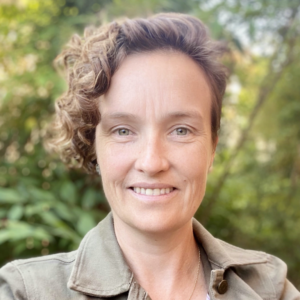
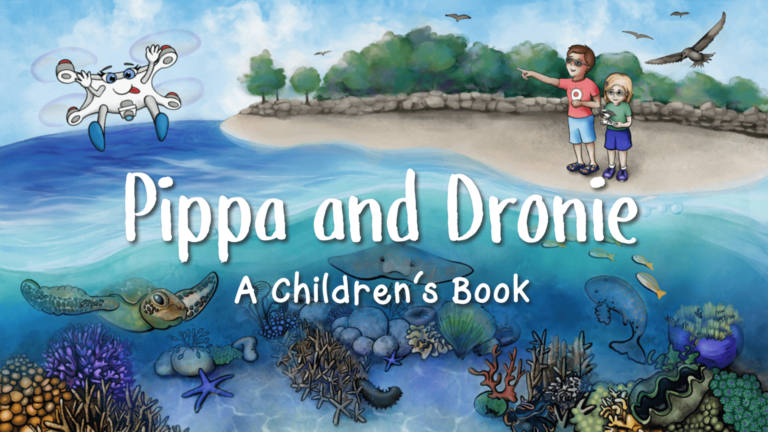
Pippa & Dronie is an illustrated children’s book that takes students on an adventure with real scientists and drone professionals, to explore different ways modern STEM skills are used to gather data, and solve real world challenges.
Written by Paul Mead and illustrated by Sarah Davies this book features six real women doing amazing things, with an aim to capture the attention of your students with these amazing role models.
Dronie flies through whale snot to collect DNA samples (urgh yuck, but kinda cool), maps coral on the Great Barrier Reef, and in Kakadu National Park a crocodile even tries to jump up and grab her!
She Maps designed the Pippa and Dronie resources to be used by any primary classroom teacher as an integrated STEM education unit.
The lesson sequence includes Australian Curriculum linked activities that have include the following key learning areas:
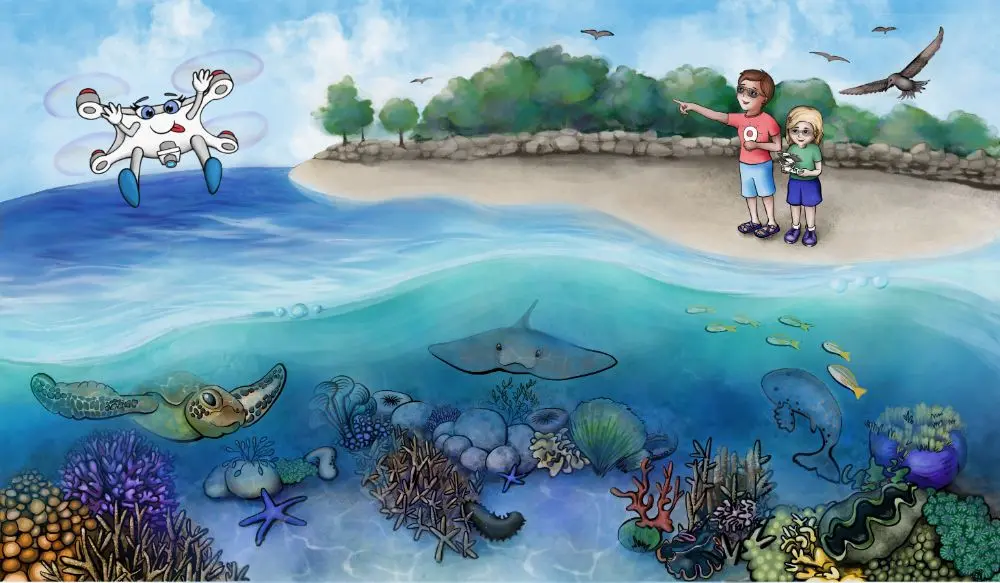
Pippa and Dronie want to help classes from Foundation to Year 4 explore the question “What does a scientist look like?”
Each character within the story allows students to discover that science is more than just lab coats and microscopes with curriculum linked activities that are all assessable against the Australian Curriculum achievement standards.
This book will take readers on an adventure to discover Australia and how drones are being used in different ways to help our world.
Pippa and Dronie curriculum linked lesson sequence uses StoryMaps for F-2 and 3-4 to lead teachers and students through all 13 lessons.
Stopping in different locations throughout Australia to visit a new scientist, students learn something new about drones and are involved in activities that take them inside the narrative.
How do you introduce coding to lower and middle primary? You provide them with an unplugged activity that allows them to interact directly with the material and get hands on!
Use the free printable’s to allow your students to physically manipulate the coding blocks. They can lay out the code on the floor so they can visualise where they are going.
Once they have developed their fundamental skills you can introduce them to the Dronie app.
Introducing coding to your students may feel a little daunting, but Dronie will help to create a learning environment that is easier to understand.
Dronie is a multi-level block coding game, where Dronie travels around Australia doing important work, just like they do in the book!
The first couple of levels are great for early primary students, with the later levels being a good challenge for late primary students.
Head to the Apple App Store, Google Play Store or your favourite browser and start coding today.
Dronie is waiting for you to take her on an adventure!
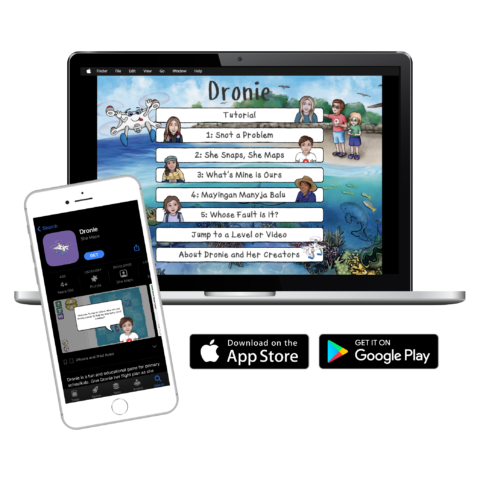
To help immerse your class in the story of Pippa and Dronie take a look at the full set of character posters.
These posters include:
Use them as part of a physical display in your classroom or digitally for a lesson.
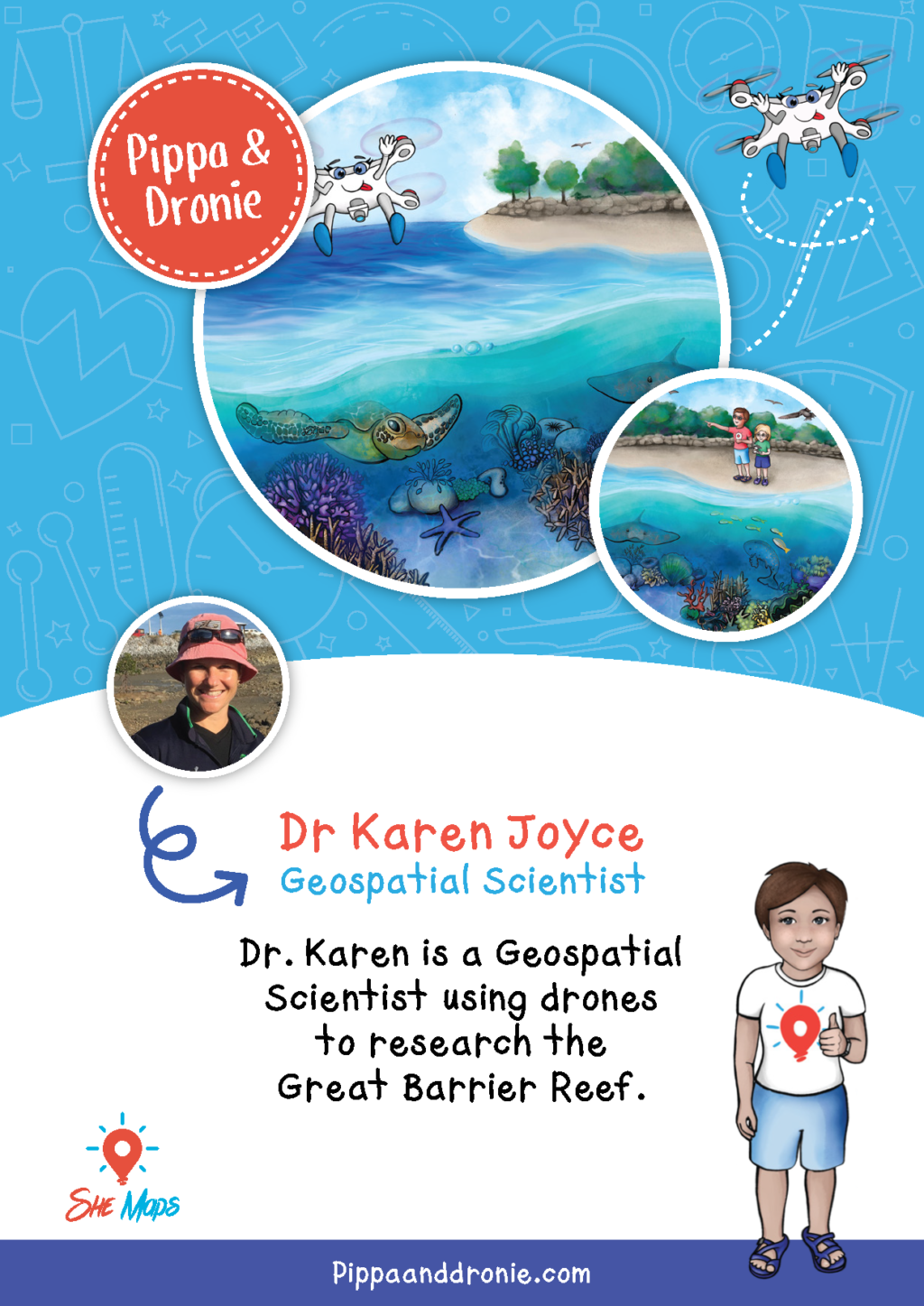
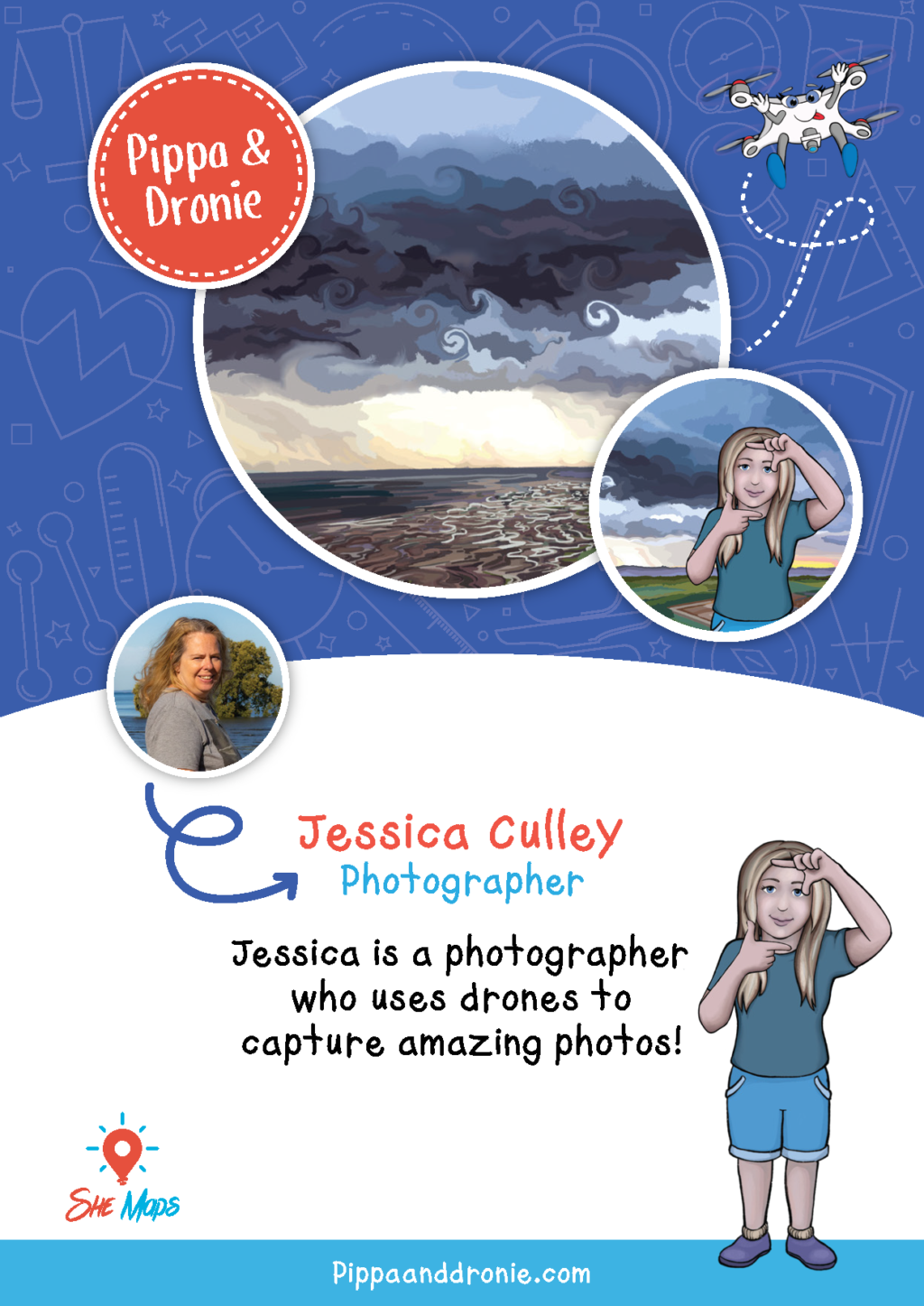
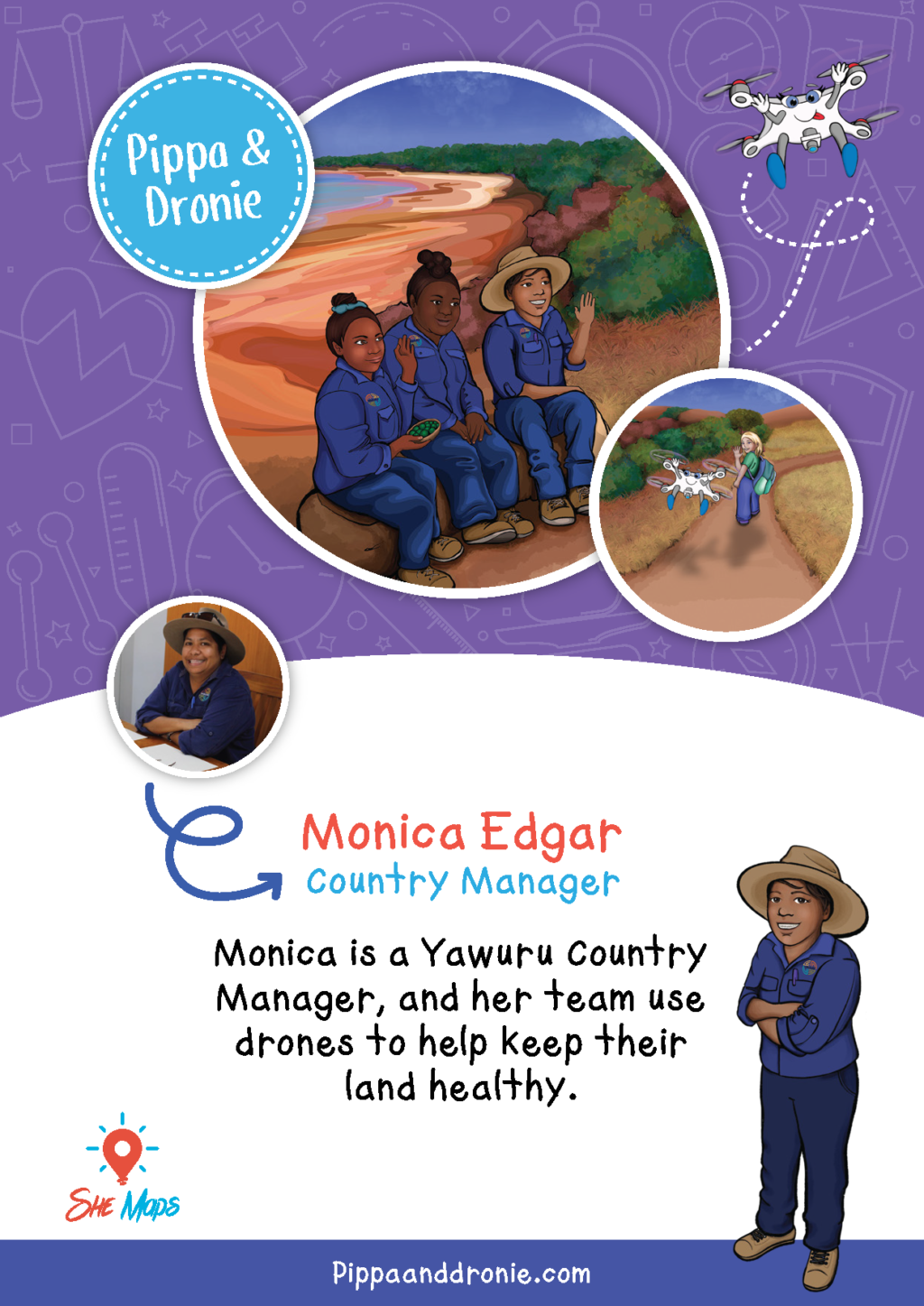
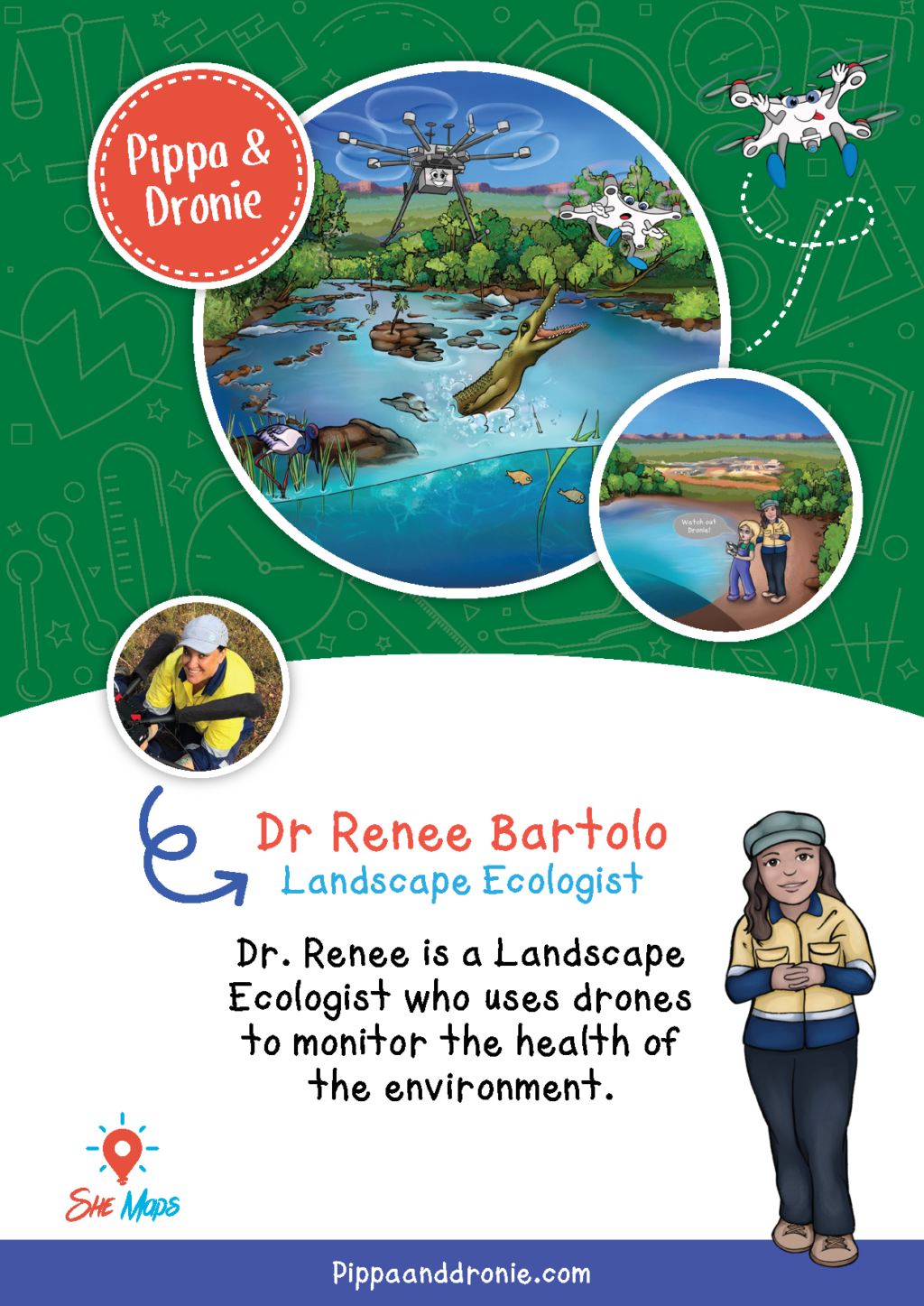
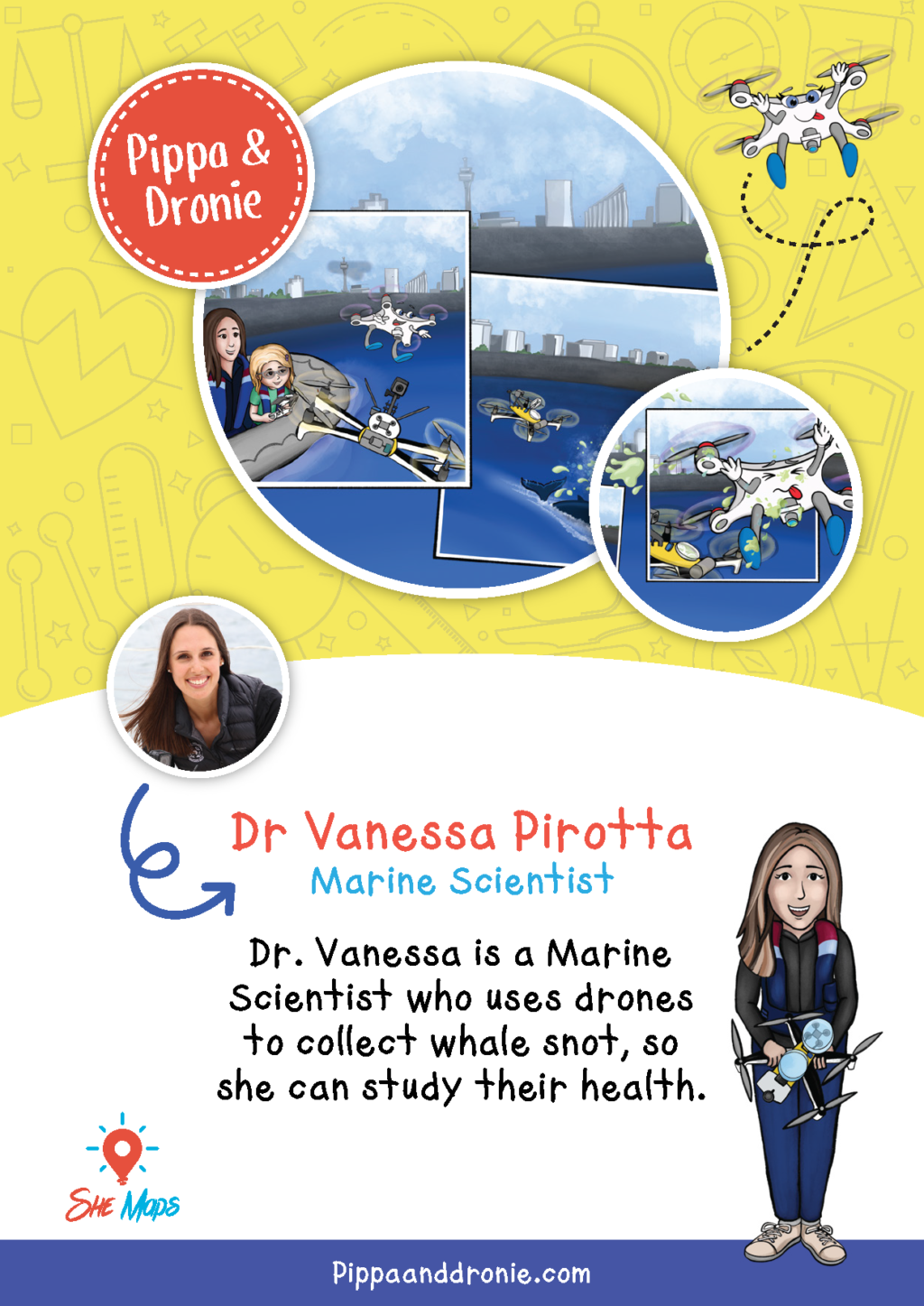
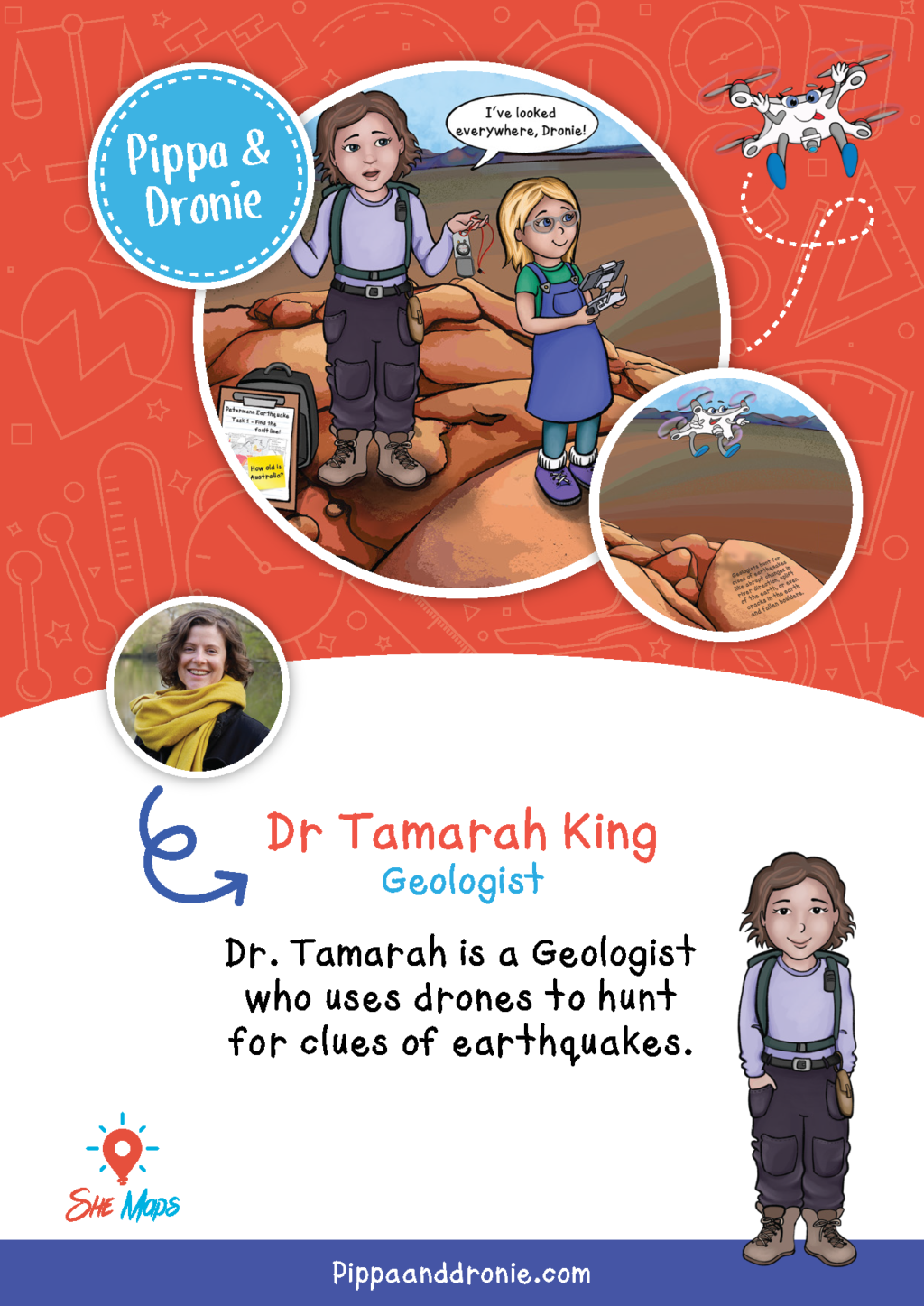
Here is what you will find in a small Pippa and Dronie classroom kit:
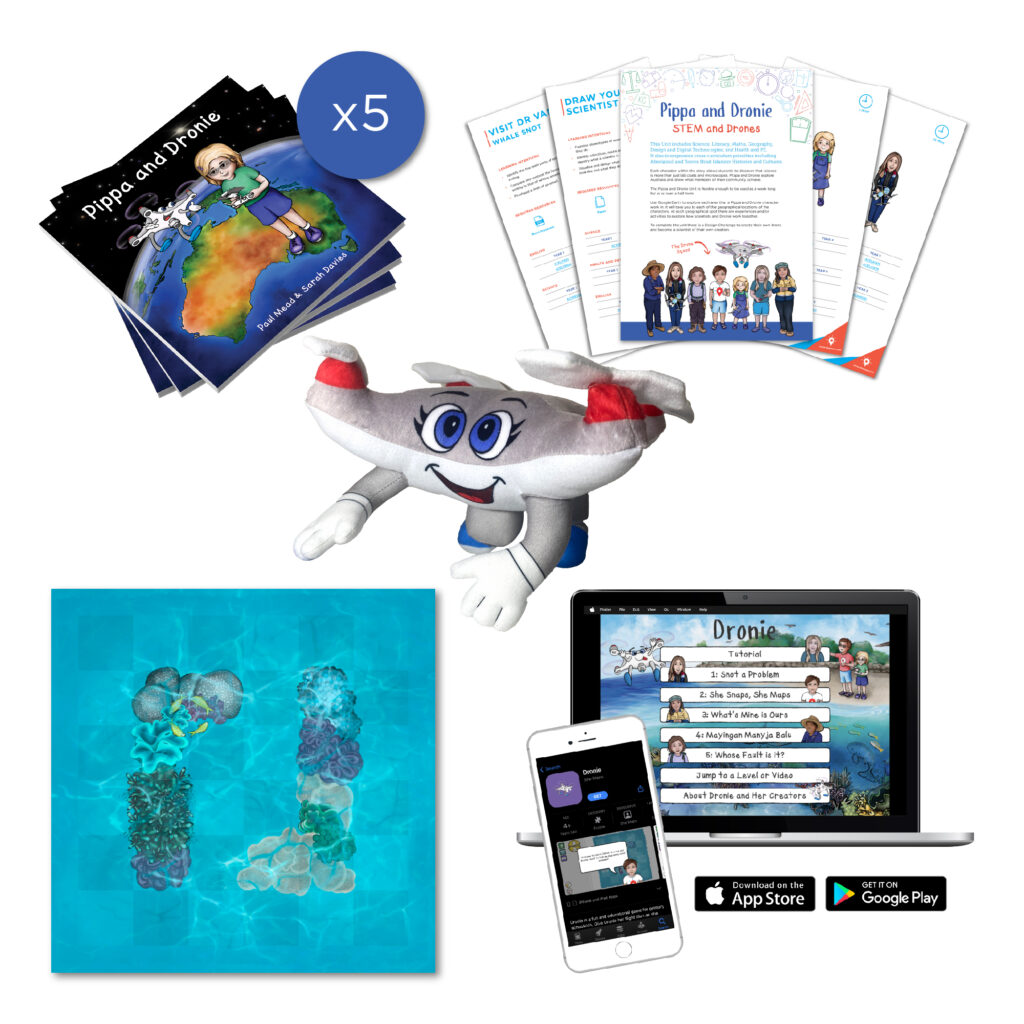
Medium and large classroom kits are also available.
She Maps is Australia’s leading expert in drone and geospatial education.
She Maps assist schools with the purchasing of drones, school-industry created drone and geospatial teaching resources and highly supportive teacher professional development.
Ready to buy drones for your school? We are an authorised DJI reseller in Australia
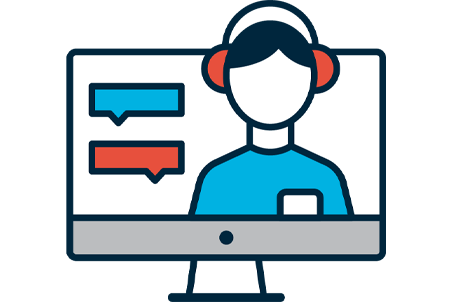
Subscribe by email and never miss a blog post or announcement.

She Maps aims to bring much needed diversity and support to STEM. We do this by providing drone and geospatial programs to teachers and schools across the globe.
At She Maps we acknowledge the Traditional Custodians of Country throughout Australia and their connections to land, sea, and community. We pay our respect to their Elders past and present and extend that respect to all Aboriginal and Torres Strait Islander peoples today.
Aboriginal and Torres Strait Islander peoples are advised that this site may contain names, voices, or images of people who have passed away.
Take our resources for a spin and join the thousands of teachers who love our ready-to-teach classroom materials. Try one of our complete units of work for free.
